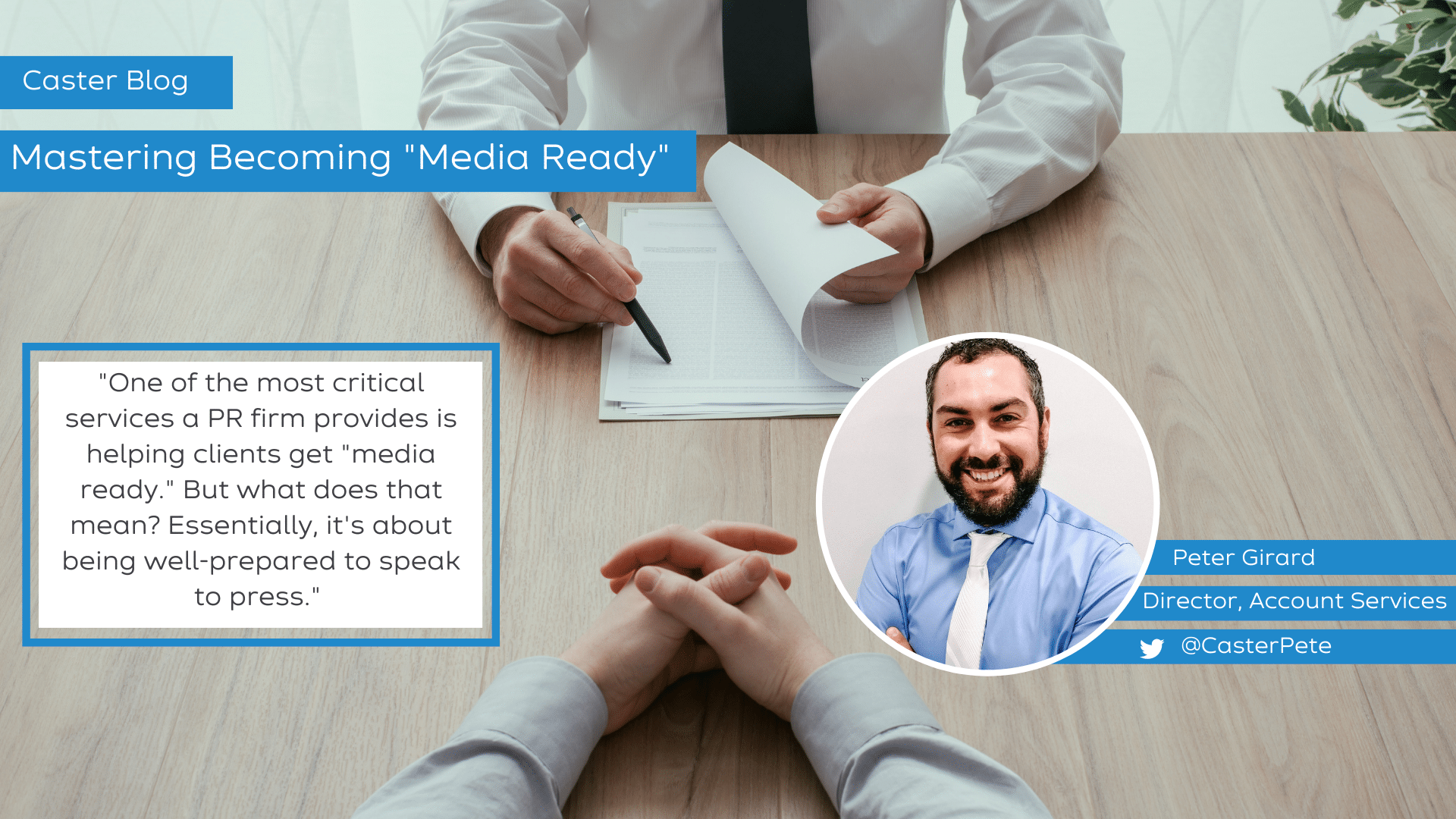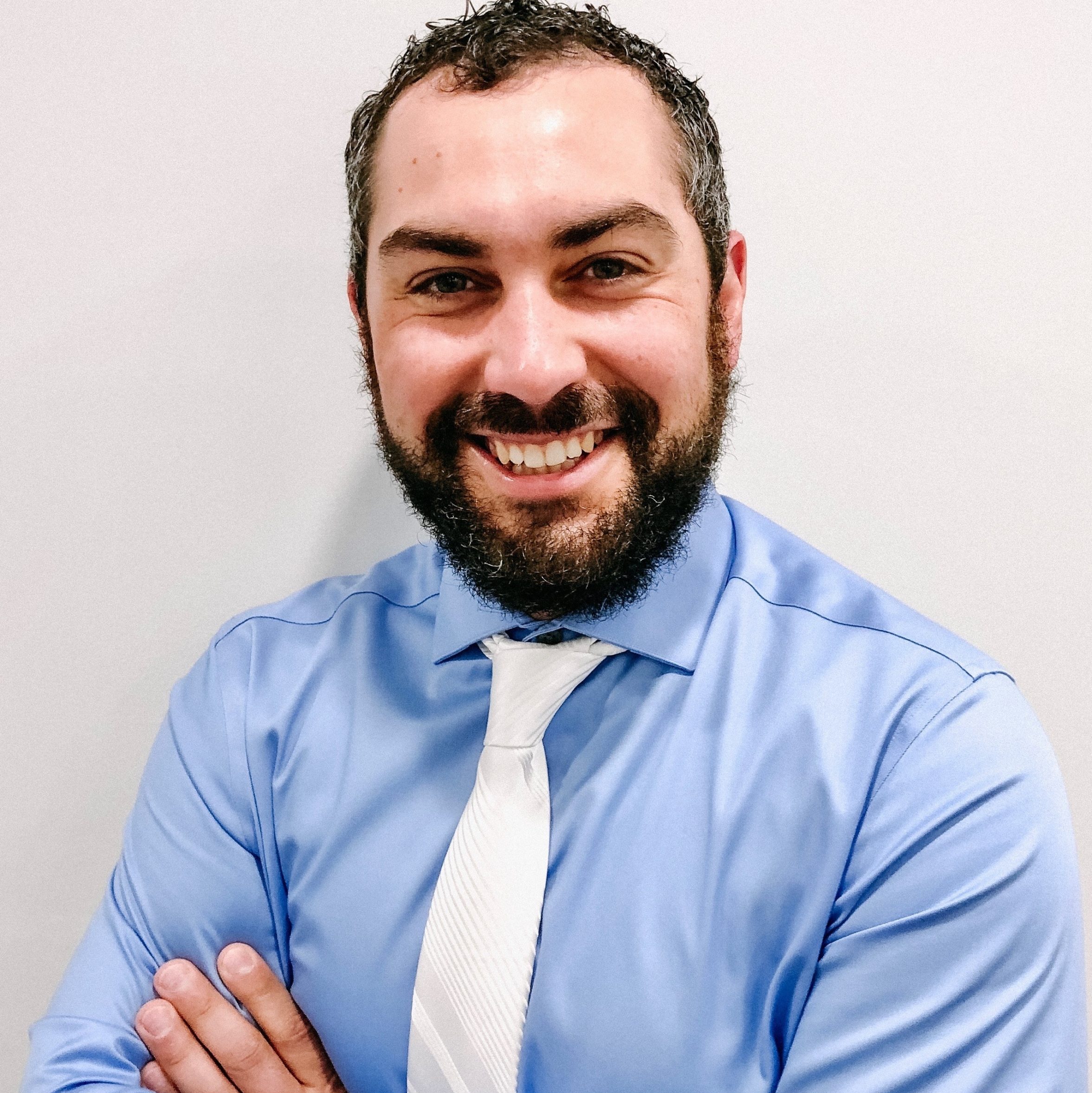
Mastering Becoming “Media Ready”
One of the most critical services a PR firm provides is helping clients get “media ready.” But what does that mean? Essentially, it’s about being well-prepared to speak to the press. We help clients learn to establish the goal of the interview or interaction and get their message across quickly, effectively, and clearly. Today, we’re sharing three of our most impactful media training tips.
Sometimes, you’ve got to QuACK.
“QuACK” is a holistic way to think about conversations with the press. We break it down as the following:
- Quotable – The press craves quotes. Be prepared to deliver your most important takeaway in a pitch soundbite: that’s what’s going to make it into the article.
- Authoritative – Remind them of your significant experience and leadership in the field to reinforce the reason they are taking the time to connect with you.
- Concise – Short, sweet, and to the point. Deliver what you need to in a timely manner. If your remarks tend to wander, a prepared slide deck can help you stay on message.
- Knowledgeable – Demonstrate that you’re a great resource for future articles on your field: Provide background and context – especially when asked – while staying focused on your key goal for the interview.
Four P’s to Nailing a Media Interview
You know the saying “prior proper planning prevents poor performance”? That holds true for becoming media ready. In that spirit, we recommend focusing on four additional P’s:
- Prioritize – Know the core messaging points you want to make ahead of time. Rely on your key messaging pillars from which everything flows.
- Prepare – Review any existing massaging or prep documents prior to the interview, including messaging documents, FAQ documents, mission statements, etc.
- Perspective – Be knowledgeable about your interviewer. Understand what they are looking for to better prepare your delivery and determine how you can be an asset.
- Practice – Over and over. Practicing answering difficult questions and rehearsing the messaging will put you at ease during the actual interview.
All Good Things Must Come to an End
In other words, know when to stop talking. One of the major pitfalls in press conversations is continuing to talk after you’ve made your point. People feel a natural urge to fill quiet or dead space; as the interviewee, you do not need to do this. Often times, there’s a pause between questions as the media person works to take notes. Pause between thoughts and give the journalist space to ask follow-up questions.
On the same topic, another pitfall is monologuing. By endlessly speaking and connecting a large string of thoughts together, it’s possible to lose both the journalist and the main point along the way. By sticking to previously approved core messaging, you can easily stay on topic while still providing space for additional questions and clarifications.
This guidance is just the tip of the iceberg: A 600-word blog does not a proficient media spokesperson make. There are many other tips, tricks, and rules that can help you give stellar media interviews. Interested in receiving in-depth media training? We would be delighted to help! Simply reach out to us via our contact us page and we’ll be in touch.

